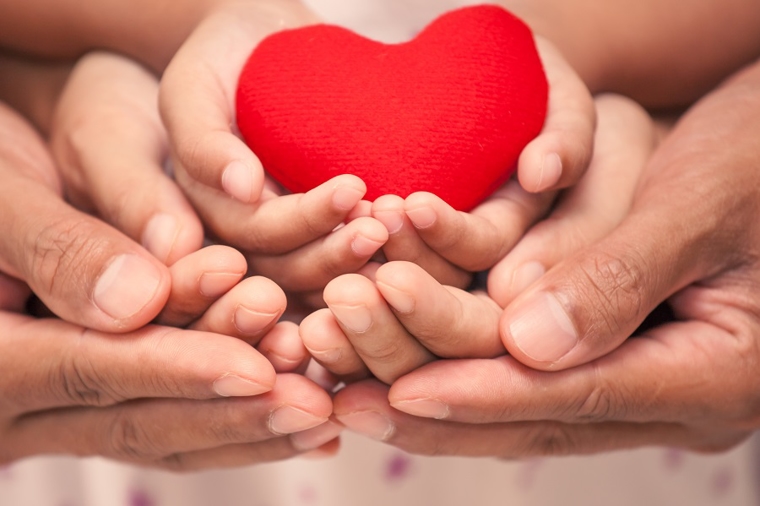How to stop a heart attack
Feb 26, 2020

Heart disease is the leading cause of death in the U.S. In fact, according to the American Heart Association, a person has a heart attackevery 40 seconds. The statistics underscore the need to raise awareness about heart health.
In honor of National Heart Month,Sarkis Kiramijyan, MD, FACC, FSCAI, cardiologist and medical director of the Cardiac STEMI Program in Southern California, provides tips on how to stop a heart attack in its tracks.
The main signs of a heart attack
The main signs of a heart attack include gradually worsening sensations of:
- Chest pressure
- Squeezing
- Tightness
- Aching pain
While these are typical, not all patients will have the same symptoms or severity and the signs of a heart attack vary greatly from patient to patient. But, generally speaking, the pain grows along the whole upper chest, arms or shoulders, and could include the upper abdominal area, neck and jaw as well. It may be associated with nausea, indigestion, heartburn, abdominal aching, vomiting, shortness of breath, headache, sweating, blurriness of vision, lightheadedness, dizziness or weakness.
Some patients may have these symptoms suddenly. Others may experience warning signs days or weeks before the heart attack. Some of these red flags include chest pain that occurs when exerting yourself and goes away with rest. This is called angina, which is the temporary decrease in blood flow to the heart muscle, usually due to a blocked or narrowed artery.
Stopping a heart attack when you feel the signs
The most crucial step is to get to your local emergency roomimmediately. Don’t delay calling 911. If you’re unable to call 911, have someone drive you to the nearest emergency center.
In addition to summoning emergency medical help, you can take a full dose of aspirin (adult dose is 324mg)—chewing it for quicker absorption—with a cup of water. Persistent coughing has been shown to have some benefit in that it helps the heart circulate blood when the heart has weakened. Nitroglycerin sublingual tablets will also help in dilating the coronary arteries, which reduces chest pain during a heart attack.
When someone else is having aheart attack
The best approach to help is to call 911 as quickly as possible or have someone call 911 while you help the patient. You might help the patient by giving aspirin, or if they are unconscious, check for breathing and a pulse.
Staying by the patient is vital, as someone having a heart attack may need CPR if he or she goes into cardiac arrest. The person may also need defibrillation, if available. However, do not delay calling 911!
When CPR or an AED is necessary
CPR is necessary if a patient is unconscious and does not have a pulse. Usually, when a patient is unconscious during a heart attack, it means that the heart has stopped working appropriately and cannot deliver blood to the brain. When this happens, CPR is critical, and a defibrillator, if available, may be lifesaving.
To perform CPR, push rather hard with two hands extended, thrusting down in the center of the chest. Compress about 100 times per minute. In this setting, breaking ribs should not be avoided. Ideally, someone trained in CPR and adult cardiac life support techniques should perform these interventions. However, if there is a bystander, even if they are not trained, they may be able to save a life if CPR is done quickly and effectively. The 911 operator can also provide CPR instructions.
Related articles

A Healthcare Career Rooted in the Community
November 13, 2024

‘I feel empowered’: Pandemic sheds new light on critical role lab plays in patient care
March 31, 2021

Year-Round Breast Cancer Prevention
October 19, 2020